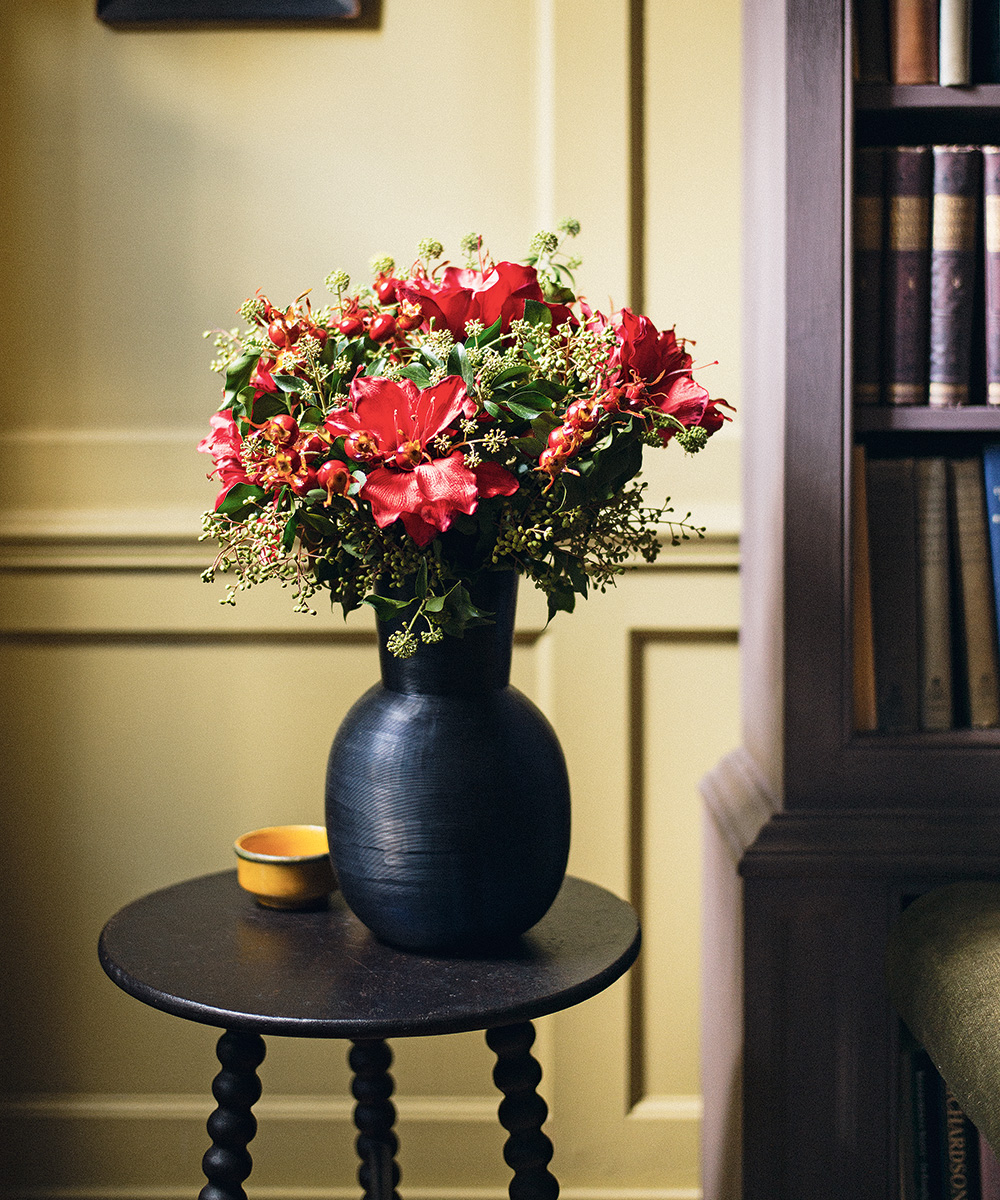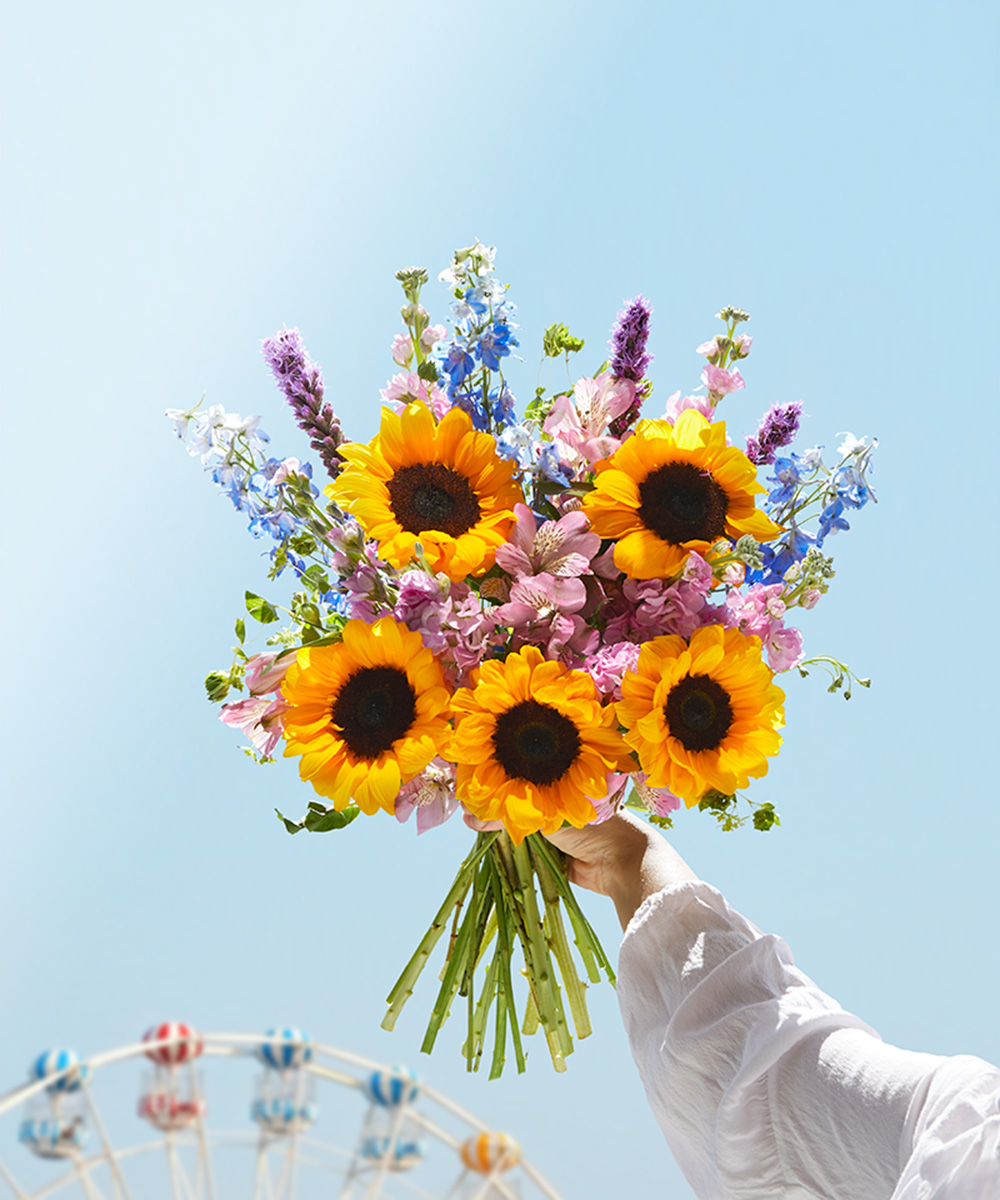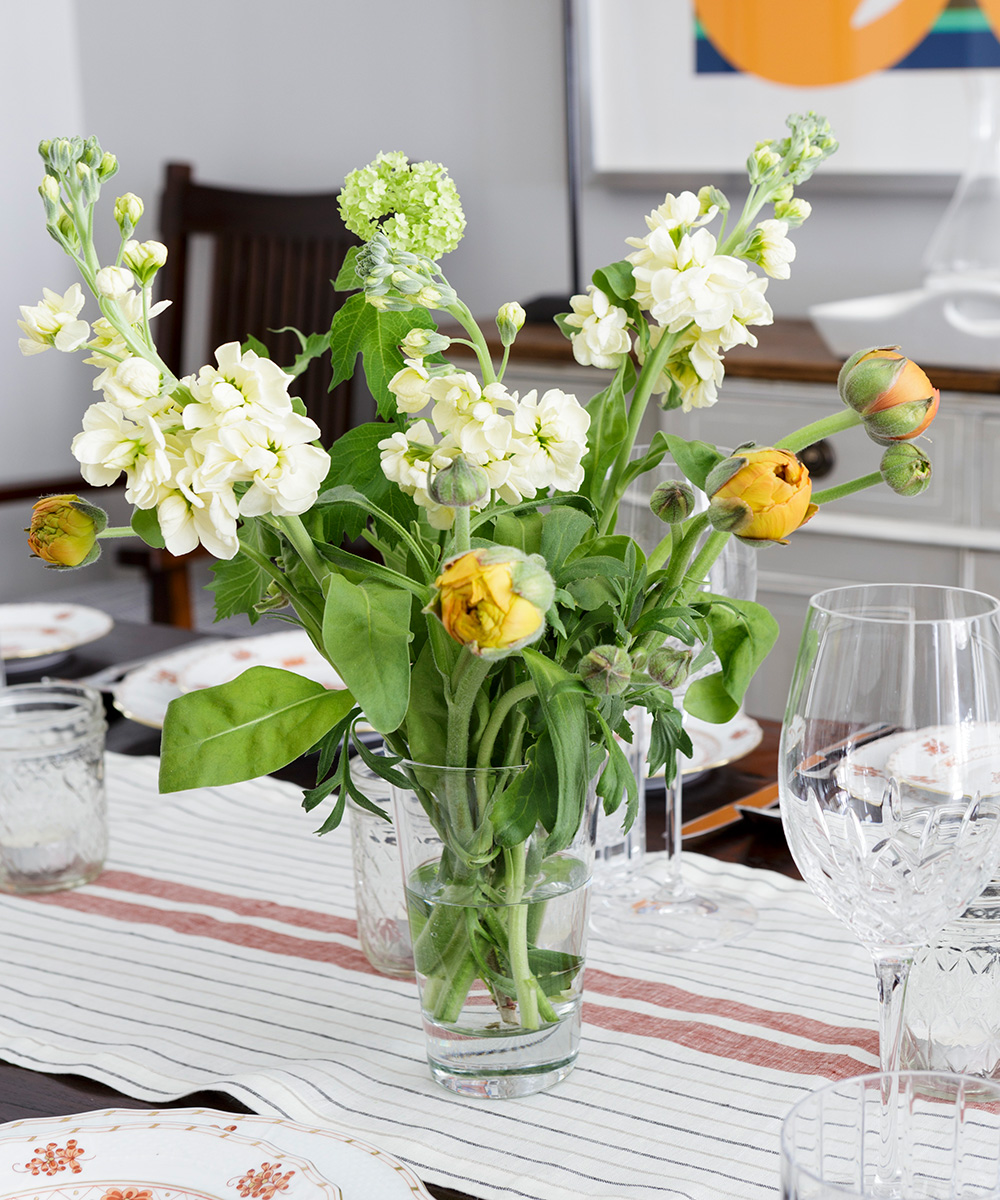A florist shares their top tips on reviving parched plants and flowers
Us humans aren't the only ones affected in this weather – the heatwave can cause unfavourable conditions for our plants and flowers


Just like humans, plants and flowers need extra hydration during the summer months otherwise they start to droop and will eventually die. This is because water is what props up the stem – but when it’s hot, flowers and plants can dehydrate faster which is why they may ‘flop’. Follow these expert tips on how to revive flowers and plants to keep your bouquet looking its best.
Kerry Dowse, Bloom & Wild’s Supply Chain Lead with over 20 years experience as a florist, says there’s one key element to the survival of your blooms.
'It may sound strange, but plants and flowers are actually just like us! We need to drink more when it’s hot (notice how your blooms drink their water faster) and we also tire easily in the heat (those wilting stems have the same problem). If you think about it like this, then it’s easy to remember your bouquet needs some TLC to survive a heatwave.'
See: The top 10 house plants – that all interior design lovers should know about

How to revive plants and flowers in a heatwave
The experts at tech-first florist Bloom & Wild have listed a few simple steps to revive your plants and bouquets, helping your blooms and blossoms reach their full vase-life potential this week and into the remainder of summer.
- See: Monty Don's house plant watering tip – stop yours turning brown
1. Trim flower stems at an angle
When unwrapping your bouquet or potting your plant, the ends of your steam will feel floppy and hard which is a good indicator they need water – fast! By trimming your stems 3-5 cm at an angle, this will give them as a new permeable drinking area.
2. Give your blooms a drink

Just like humans, flowers and plants will drink water faster on a hotter day. Remember to check the water level every day and top up when needed. Interesting, flowers also absorb lukewarm water better as opposed to cold water.
Sign up to the Homes & Gardens newsletter
Design expertise in your inbox – from inspiring decorating ideas and beautiful celebrity homes to practical gardening advice and shopping round-ups.
After a day in the water, any droopsters should have perfectly perked up. It's important to remember that some plants such as succulents vary in how much water they need, so always check before watering.
See: The best drought-resistant plants for your garden
3. Refresh your vase water
Bacteria love breeding in warm water and if your plants or flowers drink dirty water, they will wilt faster. It’s a good idea then to refresh your vase water every couple of days and trim your stem by 1cm every time you change the water.
4. Keep plants and flowers as cool as possible

Direct sunlight evaporates the water in your vase as well as the water in your plants really quick! It’s a good idea to keep your bouquets or plants somewhere cool like on the corner of a coffee table and away from a windowsill to help them reach their full bloom.
Remember fresh cut flowers are living organisms that can be encouraged to last much longer under the right conditions. By following these four simple steps, your bouquet will live much longer.

Jennifer is the Digital Editor at Homes & Gardens. Having worked in the interiors industry for several years in both the US and UK, spanning many publications, she now hones her digital prowess on the 'best interiors website' in the world. Multi-skilled, Jennifer has worked in PR and marketing and occasionally dabbles in the social media, commercial, and the e-commerce space. Over the years, she has written about every area of the home, from compiling houses designed by some of the best interior designers in the world to sourcing celebrity homes, reviewing appliances, and even writing a few news stories or two.
-
 If your home's facade is riddled with cobwebs, this $12 tool makes cleaning once-unreachable spots simple and speedy
If your home's facade is riddled with cobwebs, this $12 tool makes cleaning once-unreachable spots simple and speedySay goodbye to cobwebs and hello to a fresh and clean facade
By Rebecca Shepherd
-
 I thought I hated gray, but this one paint changed my mind and now I use it all over my home
I thought I hated gray, but this one paint changed my mind and now I use it all over my homeWhy Farrow & Ball Pigeon defies everything I loathe about gray paint
By Sophia Pouget de St Victor